How and how to feed carrots after thinning?

After thinning and weeding, carrots especially need feeding. Therefore, experienced gardeners always try to fertilize the crop well at this stage.
What substances are needed?
You can understand what kind of mineral substances a plant needs by its appearance.
- The lack of potassium is indicated by the slowed growth of root crops. In addition, the lack of this mineral leads to the fact that the plant cannot resist fungal diseases and pest attacks. Outdoor carrots will have a tough skin and a dense core.
- Lack of phosphorus is manifested in the fact that carrots cannot form the correct root system. Moreover, it remains tasteless.
- If the plant lacks nitrogen, its leaves gradually turn yellow and curl. Over time, they begin to fade. In addition, the roots become soft and almost colorless.
- With a shortage of boron, carrot tops become smaller and curly. Root crops do not develop at the same time. In some cases, brown-gray spots appear on them.
If during the entire period of carrot growth there are not enough minerals, the fruits grow small, bitter and poorly stored.
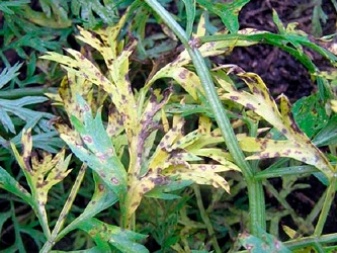
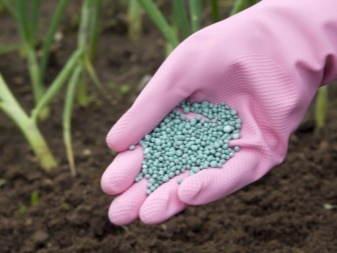
Timing
As a rule, gardeners begin to thin out carrots after 3 real leaves appear on the seedlings. This usually happens 4-6 weeks after sowing the seeds in the ground. It is worth starting the procedure for thinning seedlings after abundant watering of the beds. This greatly facilitates the process of removing excess sprouts. It is worth noting that it is recommended to thin out carrots in the morning. At this time, the main pest of root crops - the carrot fly - is still asleep. This means that the smell of torn tops will not be able to attract her.
In some cases, the rows are thinned in two stages. The second procedure usually falls in June or July. You should not do this more often so as not to disturb the root system of other seedlings. As a result, 2-3 centimeters of free space should remain between the seedlings. The foliage that has survived after thinning can be disposed of in various ways. As a rule, it is taken to a landfill, added to a compost pit or a barrel with herbal infusion, which is then used to fertilize the beds. There is no point in replanting the torn carrots to another site. Root vegetables will grow small, gnarled and tasteless.

How to feed?
The day after thinning, the carrots need additional feeding. Different products can be used for this purpose.
Wood ash
Ash is used to feed carrots and other root crops quite often. After all, you can find it in almost every household. Fertilizer is applied both dry and in the form of infusions. For irrigation, 100 grams of ash must be dissolved in 10 liters of water. All you need to mix well and put to infuse for several hours. In the evening, the product can be used to water plants directly under the root.
Wood ash supplies root crops with a large amount of trace elements that are so necessary for the growth and development of carrots. In addition, the ash infusion prevents insects from appearing on the site. Dry ash can be sprinkled on the aisles. This product not only nourishes the soil, but also repels insects that can harm root crops.

Nettle
Nettle infusion supplies carrots with magnesium and iron. The herbal solution for planting treatment is very simple to prepare. A 10-liter bucket of water should be two-thirds filled with chopped young nettles.Sprinkle it on top with a glass of sifted wood ash. Pour the contents of the bucket with warm water, close the lid and leave in a warm place for several days.
For the infusion to be good, it needs to ferment. As soon as foam appears in the bucket, and the slurry acquires a swampy hue, it can be used. Before processing the beds, 1 liter of the resulting product must be diluted with 10 liters of water. Water the plants with this solution right at the root.
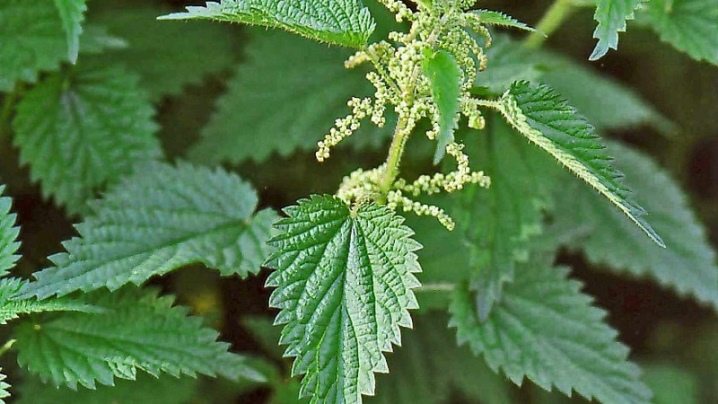
Yeast
This product must be used to fertilize the beds carefully. After all, if you overdo it, the soil will become rocky, and the carrots will be shallow there. Preparing a yeast solution is very simple. Dilute 100 grams of product in a bucket of water. Add two tablespoons of sugar there. The resulting product is insisted for 90 minutes. Immediately after this, it will be possible to feed the thinned carrot beds with the solution.
Dry yeast can also be used to prepare the fertilizer. In 10 liters of warm water, you need to dilute 10 grams of the product and 60 grams of sugar. The container with the solution should be removed to a warm place for 2 hours. After a few hours, the solution can be applied to your area.
Before use, the resulting product must be diluted in 50 liters of water.

Urea
The tool is used if the plant lacks nitrogen. In addition, it protects carrots well from insects. It is worth applying fertilizer to the ground after weeding the site.
It should be noted that urea works well with organic fertilizers such as chicken manure or mullein. Before adding these products to the soil, they must be diluted in a large amount of water. In addition, liquid top dressing takes several days for it to be infused.
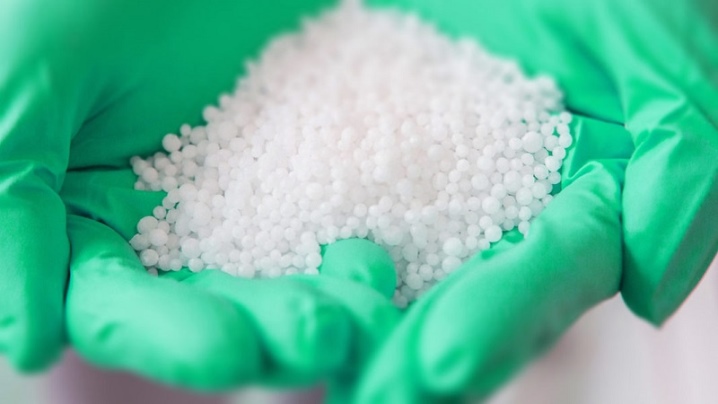
Boric acid
The use of boric acid after thinning makes the carrots larger and more sugary. In addition, the use of this fertilizer will increase the yield by 15-20%. Grown carrots can be stored for a long time.
To prepare this simple top dressing in a liter of warm water, you need to dilute 1 teaspoon of the powder. The resulting solution must be diluted in a bucket of clean water. You can use the product to treat plants immediately.
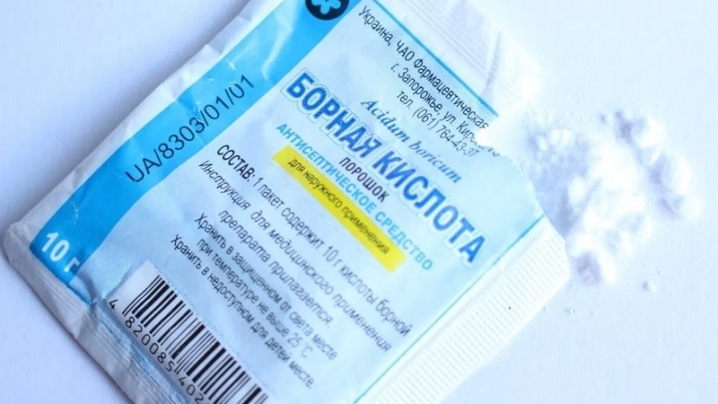
Ammonia
It is a universal nitrogen-containing agent that is used to fertilize carrots. Feeding thinned beds with ammonia contributes to the faster development of root crops. It also makes them juicier, tastier, and sweeter. The solution for fertilizing carrots is very simple to prepare. In 4 liters of liquid, 50 ml of ammonia is diluted. You can use this fertilizer right away. The main thing is to water the beds abundantly before the procedure. It is also important to wear personal protective equipment before using this fertilizing agent.
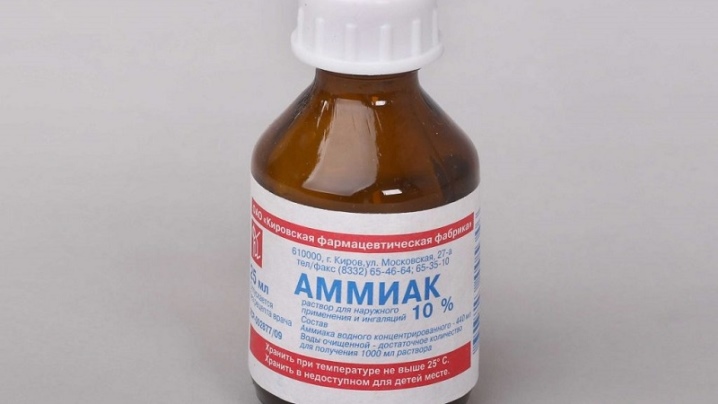
You need to feed the plants after thinning the rows, adhering to the following rules:
- thoroughly water the aisles before feeding carrots;
- after thinning and fertilizing, a layer of mulch can be spread between the bushes;
- apply top dressing in the evening, in dry, calm weather.
All fertilizers must be used carefully. It is worth remembering that an excess of fertilizer can harm plants as well as a lack of them.
Fertilizing carrots after thinning is very important for its further development. If you use the right amount of fertilizer, then the harvest will delight gardeners.
In the next video, you will find the secrets of growing large, healthy carrots.













The comment was sent successfully.